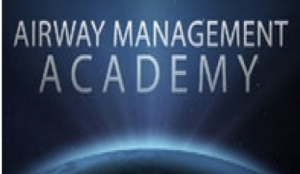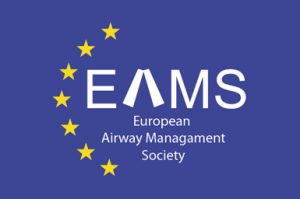(Tight Tracheal Stenosis, Thinking Outside the Box)
- Airway Management, Oxygenation, and Ventilation Strategies for Patients with Extrinsic Tracheal Compression
- Too Tight so out of Sight; Flow Controlled Ventilation (FCV) and Straw Sized Tube
The description include:
Upper airway surgery often poses a challenge to both anesthesiologists and surgeons, as airway access, mechanical ventilation, and surgical difficulties may occur in a tricky combination.
Several techniques for airway management during broncho-tracheal stenosis procedures have been developed, all providing certain advantages, as well as disadvantages.
External tracheal compression that invades or compresses the airway is considered complex and poses challenges for both teams. To operate smoothly in these cases, various methods for airway management during anesthesia have been used and described in the literature.
The new; Flow Controlled Ventilation (FCV) mode is based on a controlled inspiration and expiration flow from a set PEEP to set peak pressure and vice versa. This is achieved by generating a continuous flow into the patient’s lungs during inspiration or a continuous (negative) flow, sucking gasses out of the patient’s lungs during expiration.
FVC mode ventilates through the straw sized. This Straw Sized Tube is a very thin tube with an outer diameter of 4.4 mm and an inner diameter of 2.4 m with a cuff lumen – to inflate and deflate the high-volume, low-pressure adult cuff.
At the conclusion of this activity, audiences will be able to know the principle of using flow-controlled ventilation through an ultrathin tube and learn how to manage extrinsic tracheal compression.
Gaps in the literature
This topic is very important for both anesthesiologists and surgeons because upper airway surgery often poses a challenge to them, as airway access, mechanical ventilation, and surgical difficulties during tracheal stenosis management may occur in a tricky combination. So, this topic will cover this gap for a healthcare providers in the management of this critical tracheal stenosis.
LEARNING OBJECTIVES:
| Learning Objective 1 | At the end of this activity, learners will be able to manage critical tracheal stenosis. |
| Learning Objective 2 | By the end of this activity, the audience will be able to know the airway management techniques, oxygenation, and ventilation strategies for patients with extrinsic tracheal compression. |
| Learning Objective 3 | At the conclusion of this activity, the audience will be able to know the principle of using flow Controlled ventilation through the ultrathin tube and assess the feasibility, safety, and effectiveness of flow-controlled ventilation (FCV) to provide adequate surgical field and ventilation |
- Are congruent with gaps in knowledge or competency
- List in learner-oriented, not faculty-oriented, terms
- Measurable with only one action or outcome
-
- Avoid words such as: understand, know, learn, belief
Dilatation of Tracheal Stenosis Workshop

|
Start:
February 8, 2024 8:00 am End:
February 8, 2024 1:00 pm Location:
Itqan Clinical Simulation and Innovation Center Hamad Bin Khalifa Medical City Doha, Qatar Price:
$200 QAR |




